The annual International Consumer Electronics Show in Vegas is a prime testing ground for companies to debut new products and concepts. Many of the devices on display aren’t anywhere near ready to be released into the market, and reactions from the press and public will help their manufacturers determine which trends will catch on and which will die without any fanfare. This year’s big trend is undoubtedly wearable technology, and CES has been dominated by products of all shapes and sizes. Interestingly, the world’s biggest technology companies find themselves competing against several previously unheard of names, including brand-new startups. It’s a whole new frontier of consumer technology, and with no clear standards or market leaders yet, any of these companies could soon become a dominant force in the fight for the prime real estate on your face and wrists.
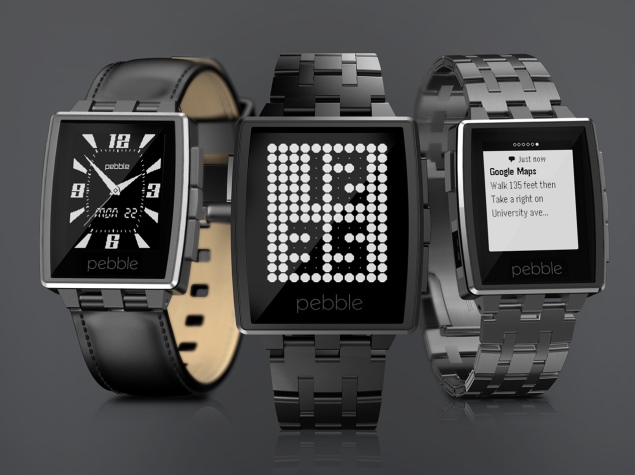
Already a fairly established name, Pebble launched a restyled version of its groundbreaking eponymous smartwatch, called the Pebble Steel. With far more refined, mainstream looks, the Steel should attract droves of new users. On the inside, it isn’t significantly different from its predecessor, which means that all the same apps and watch faces-which you’ll soon be able to download from Pebble’s own app store-will run just as well on both models.
Looking to steal some of Pebble’s thunder, Metawatch showed off a new line called Meta, created by former Vertu designer Frank Nuovo. Metawatch is gunning for the high end of the market, and although the device’s capabilities aren’t any better than the Pebble’s, it is made out of premium metals, leather and glass
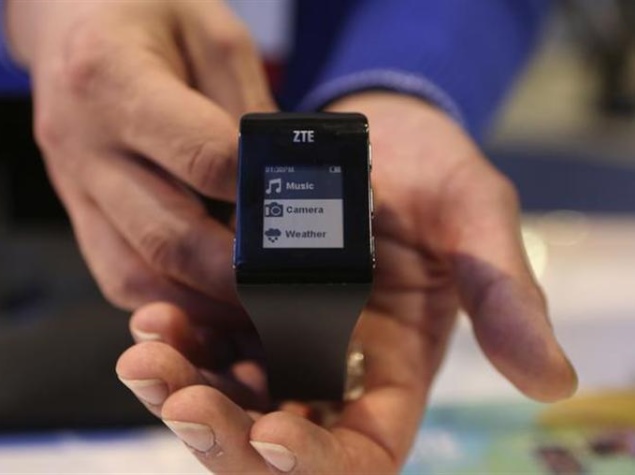
China’s ZTE came to the show with its own BlueWatch, most notable for its similarities to the original Pebble. It comes with nearly identical features, including the button layout and magnetic charging port, and even has similarly designed watch faces. ZTE however promises the design will improve before the BlueWatch ships, and it’s promoting the device’s upcoming social network integration and built-in pedometer.
Wristbands
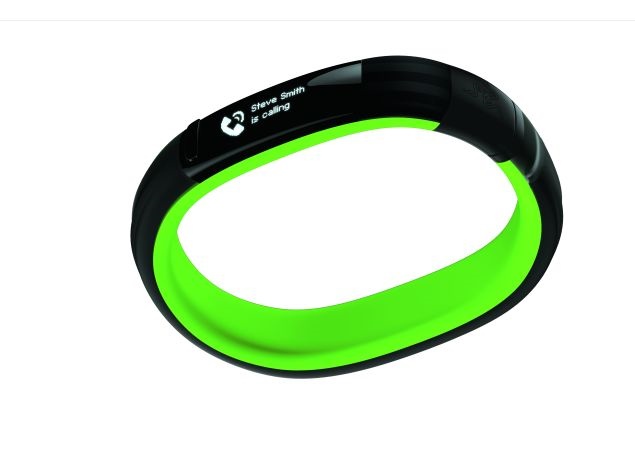
Apart from watches, sensor-laden bands are also competing for room on your wrist. Razer was exhibiting the Nabu, which has a small screen and another panel of indicators, but is designed as a fitness tracker and future input device for augmented reality applications and games. Other neat tricks include gesture input and band-to-band communication. It will sell for under US$ 100 (approximately Rs 6,200) and support Android and iOS companion apps.
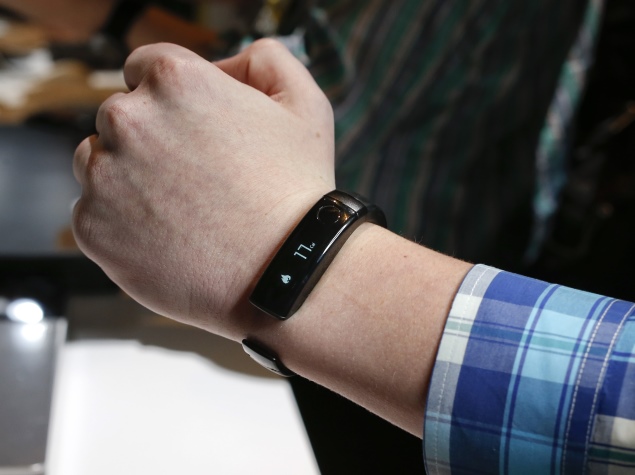
Sony unveiled the Core Smartband, envisioned as the starting point for a future line of wearable sensor devices. The band uses LEDs and a vibrator to deliver alerts, and a button to trigger an app called Lifelog which will start capturing information including GPS location and a user’s phone activities. All this combines to create a web of relationships between a user’s activities and his or her music and movie watching patterns, app usage, Internet activity, and more. Sony will then attempt to make further recommendations based on the user’s habits.
Headsets
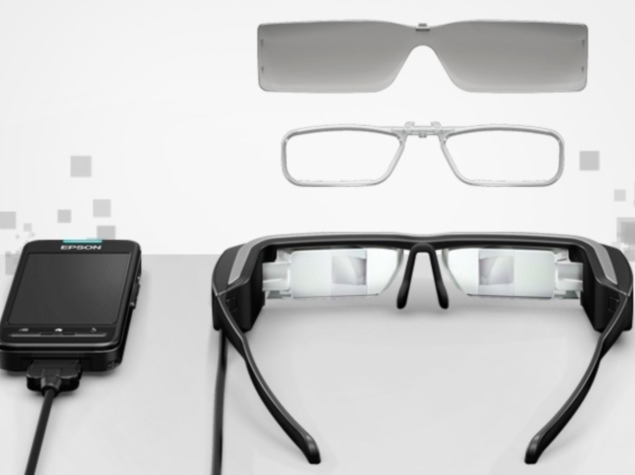 Epson has dramatically improved last year’s Moverio personal headset. The new Moverio BT-200 is less than half the weight and bulk of its predecessor, and can project a transparent screen in front of both your eyes without obstructing your field of vision too badly. The BT-200 responds to head movements thanks to its built-in gyroscope and accelerometer, and Epson is committed to creating a platform for Android developers to create innovative apps for it. Unlike Google Glass, you won’t be able to wear the BT-200 all day, but it could become a fantastic piece of hardware for augmented reality experiences and games.
Epson has dramatically improved last year’s Moverio personal headset. The new Moverio BT-200 is less than half the weight and bulk of its predecessor, and can project a transparent screen in front of both your eyes without obstructing your field of vision too badly. The BT-200 responds to head movements thanks to its built-in gyroscope and accelerometer, and Epson is committed to creating a platform for Android developers to create innovative apps for it. Unlike Google Glass, you won’t be able to wear the BT-200 all day, but it could become a fantastic piece of hardware for augmented reality experiences and games.
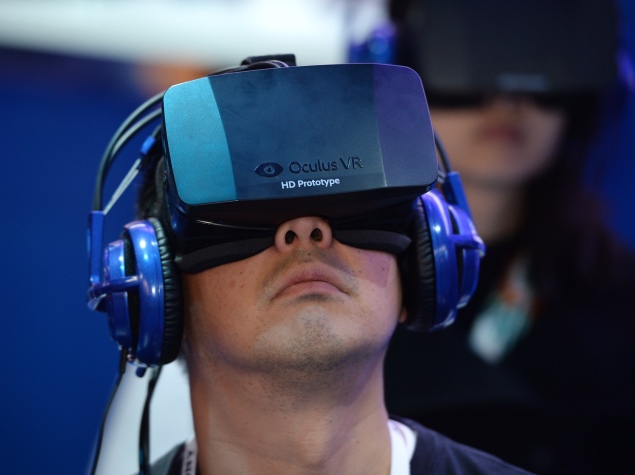 Oculus Rift has iterated on the VR headset it developed last year. The new “Crystal Cove” prototype is touted as a massive improvement over last year’s model, offering much more realistic motion and accurate responses. The headset completely covers your eyes, offering complete immersion into whatever 3D environment you choose, while a network of sensors tracks your head and body movements and use them to alter what you see. While gaming is the most obvious application, education, entertainment, and even industrial use cases have been created around Oculus Rift already.
Oculus Rift has iterated on the VR headset it developed last year. The new “Crystal Cove” prototype is touted as a massive improvement over last year’s model, offering much more realistic motion and accurate responses. The headset completely covers your eyes, offering complete immersion into whatever 3D environment you choose, while a network of sensors tracks your head and body movements and use them to alter what you see. While gaming is the most obvious application, education, entertainment, and even industrial use cases have been created around Oculus Rift already.
Source: NDTV






Hi there every one, here every one is sharing
these familiarity, thus it’s fastidious to read this
website, and I used to go to see this webpage everyday.